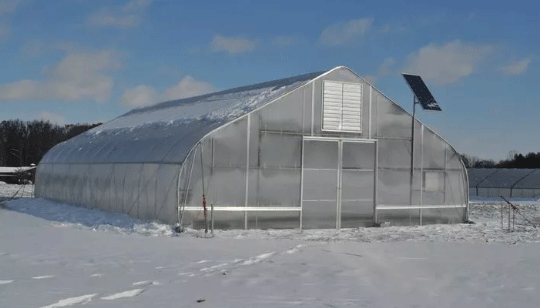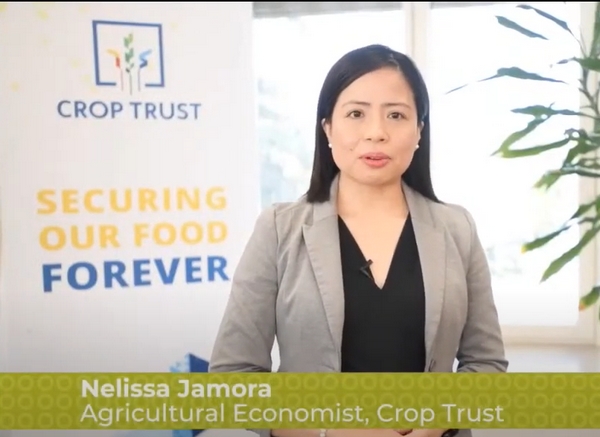As winter settles in, snow covers the ground, and the soil freezes, it might seem like gardening is out of the question. However, greenhouse farming offers a unique opportunity for farmers and gardeners to stay productive during the colder months. Even in December, a variety of crops can thrive under the right conditions.
Recommended Crops for December Planting
- Vegetables:
-
- Cucumbers, zucchini, and tomatoes: These warm-season crops can be grown in a heated greenhouse.
- Cold-resistant varieties of beets, radishes, and carrots: These are perfect for unheated setups.
- Herbs and Greens:
-
- Dill, parsley, and green onions: These thrive in low temperatures and don’t require heating.
Preparing the Greenhouse for Winter Cultivation
To ensure a successful winter crop, the greenhouse must be carefully prepared to withstand harsh conditions while maintaining a suitable environment for plant growth.
- Structural Considerations:
-
- The greenhouse should be on a raised site to prevent waterlogging.
- Use a sturdy frame to endure heavy snow and strong winds.
- Position the greenhouse with the northern side protected by a wall or fence, allowing maximum sunlight from the south.
- Insulation and Heating:
-
- Insulate the greenhouse using bubble wrap or other insulating materials.
- Maintain a temperature of at least +15°C, with an optimal range of +18°C to +22°C. Use electric heaters or other sustainable heating methods to achieve this.
- Soil Preparation:
-
- Dig the soil to the depth of a spade’s blade and break up clumps.
- Disinfect the soil by pouring a solution of potassium permanganate heated to +60°C. Cover the soil with plastic for 24 hours to complete the process.
- Other Essentials:
-
- Install proper ventilation to prevent mold and maintain humidity.
- Use mist irrigation systems for consistent watering.
- Provide grow lights to compensate for reduced daylight hours.
Steps to Planting Crops
After preparing the greenhouse and soil, you can start planting:
- Form beds or planting holes based on the crop’s spacing needs.
- Sow seeds or plant seedlings following depth and spacing recommendations for each crop.
- Monitor temperature, light, and moisture levels daily to ensure the crops thrive.
Why Winter Planting Is Worth the Effort
Winter greenhouse farming offers multiple benefits:
- Year-round productivity: Extends the growing season, ensuring fresh produce even in winter.
- Higher crop value: Off-season vegetables fetch premium prices in the market.
- Efficient use of resources: Greenhouses optimize space and energy for sustainable farming.
Winter greenhouse gardening is an effective way to maintain productivity and profitability during the cold months. By carefully selecting crops, preparing the environment, and following proper planting protocols, farmers and gardeners can ensure a successful winter harvest. This practice not only keeps agricultural activities alive but also contributes to food security and innovation in farming techniques.










